Nepal, a land of captivating beauty and cultural richness, stands apart from other countries with its unique attributes and remarkable characteristics. From its geographical diversity to its rich cultural heritage, ethnic diversity, the birthplace of Lord Buddha, conservation efforts, and the resilience and spirit of its people, Nepal is a country that captivates the imagination and leaves a lasting impression. In this blog post, we will delve into the distinct features that set Nepal apart from other nations, exploring its natural wonders, vibrant traditions, and the remarkable resilience of its people. Join us on a journey to uncover the remarkable differences that make Nepal a truly exceptional destination.
Geographical Diversity in Nepal
Nepal is renowned for its exceptional geographical diversity. Despite being a relatively small country, it encompasses diverse landscapes ranging from the rugged Himalayan mountains in the north, including Mount Everest, the world’s highest peak, to the fertile Terai plains in the south. This diversity offers a wide range of climates, flora, fauna, and breathtaking natural beauty.
Himalayan Region of Nepal
The mighty Himalayan mountain range dominates the northern part of Nepal. This region includes eight of the world’s ten highest peaks, including Mount Everest, Kanchenjunga, and Makalu.

The snow-capped peaks, vast glaciers, and deep valleys create a stunning and awe-inspiring landscape that attracts mountaineers, climbers, and adventure seekers from all over the world.
Nepal – a country in the Hilly Region
Nepal’s topography transitions into a series of picturesque hills as it moves south from the Himalayas. These rolling hills have lush green forests, terraced fields, and quaint villages covering them.

The hill region has a known reputation for its moderate climate, making it an ideal destination for trekking, hiking, and experiencing rural Nepalese life.
Kathmandu Valley, Capital of Nepal
Situated in the central part of Nepal, the Kathmandu Valley is a unique geographical feature on its own. Surrounded by green hills, this valley houses the country’s capital, Kathmandu, along with two other major cities, Patan and Bhaktapur.
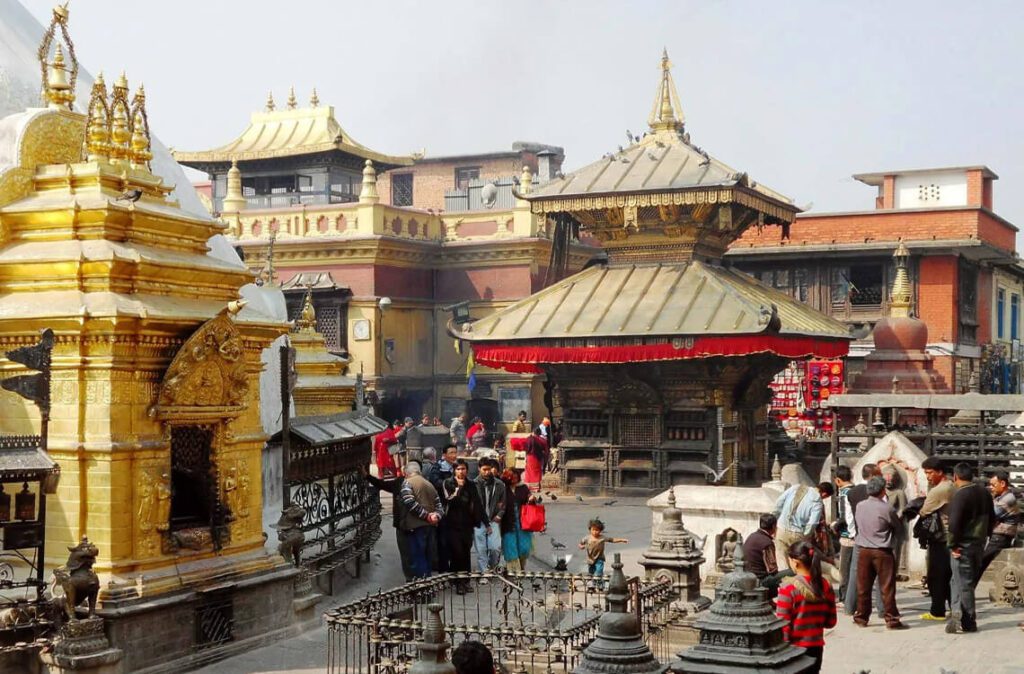
The valley is renowned for its historical, cultural, and artistic significance, with numerous UNESCO World Heritage sites, ancient temples, and palaces.
Terai Region
The southern lowland region of Nepal is known as the Terai. This flat and fertile plains region stretches along the border with India, and people characterize it with its subtropical climate and rich agricultural lands.
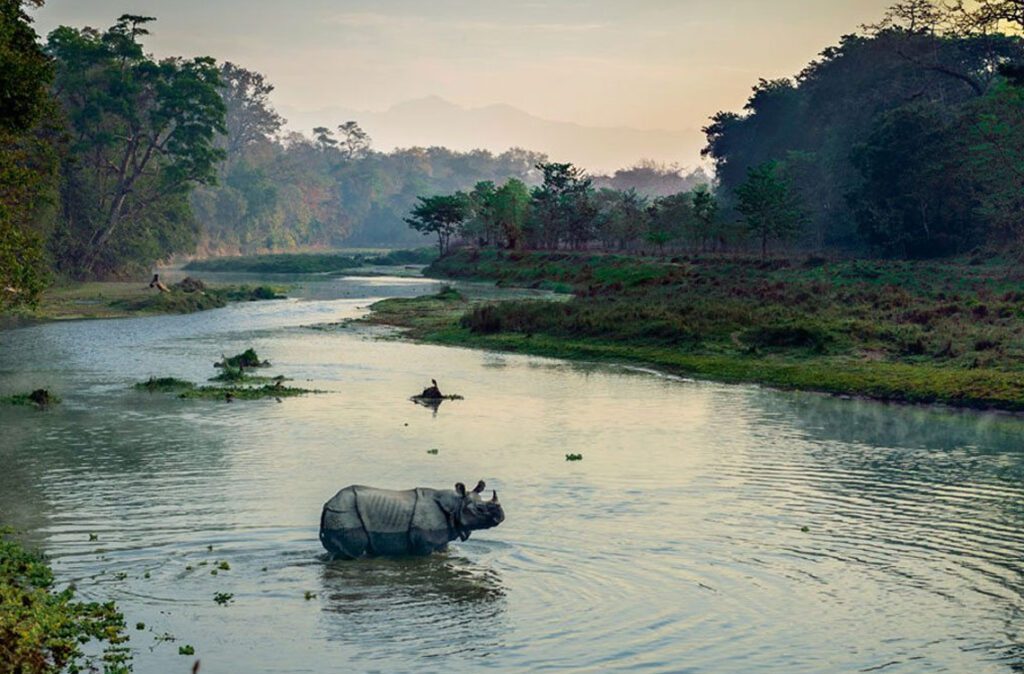
The Terai is home to dense forests, wildlife reserves, and national parks, including Chitwan National Park and Bardia National Park, which are renowned for their wildlife diversity, including the iconic one–horned rhinoceros and Bengal tiger.
River Systems
Several major rivers originate from the Himalayas and flow through the valleys and plains, crisscrossing Nepal.
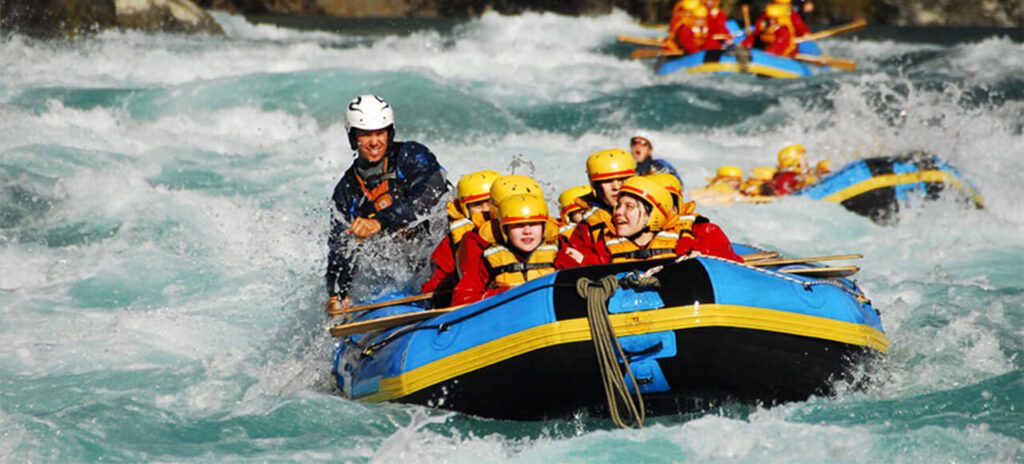
The rivers, such as the Koshi, Gandaki, and Karnali, not only contribute to the country’s geographical diversity but also provide opportunities for water-based activities like rafting and kayaking.
Biodiversity in Nepal
Nepal’s geographical diversity supports an incredible range of biodiversity. From the high-altitude Himalayan ecosystems to the subtropical forests in the Terai, the country is home to a variety of plant and animal species. Nepal has designated numerous protected areas to preserve its natural heritage, including national parks, wildlife reserves, and conservation areas.
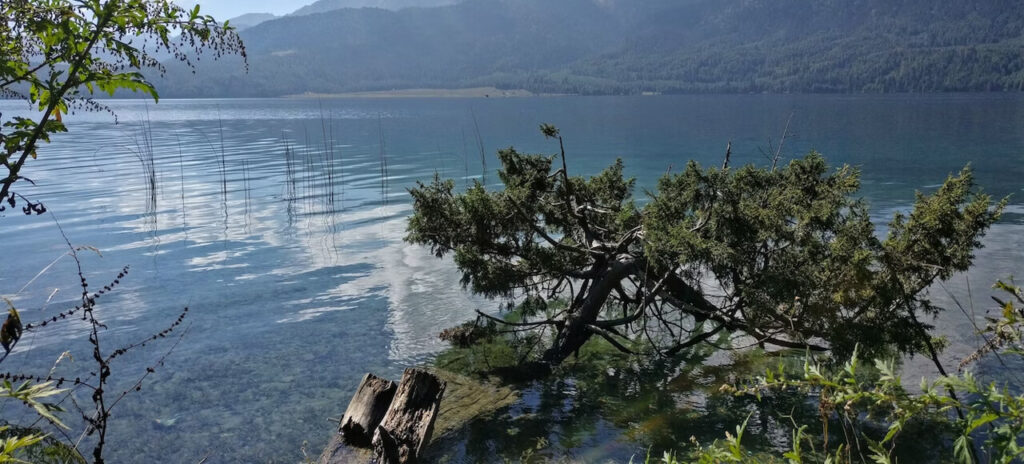
Nepal’s geographical diversity offers a wide array of experiences for visitors and residents alike. From scaling towering peaks to exploring ancient cities, from trekking through serene hills to encountering wildlife in dense jungles, the country’s diverse landscapes provide endless opportunities for adventure, exploration, and appreciation of nature’s beauty.
Mount Everest and the Himalayas of Nepal
Nepal is home to eight of the world’s ten highest mountains, including Mount Everest. The Himalayas, with their majestic peaks, sprawling glaciers, and remote valleys, attract mountaineers, trekkers, and adventure enthusiasts from across the globe.
Also Read: Nepal’s Top Adventure Spots
The region’s unique cultural heritage and spiritual significance, influenced by Tibetan Buddhism, also make it a popular destination for cultural tourism.
Mount Everest
Mount Everest, also known as Sagarmatha in Nepali and Chomolungma in Tibetan, is the highest peak in the world, standing at an impressive elevation of 8,848.86 meters (29,031.7 feet). It is located in the Mahalangur mountain range of the Himalayas, on the border between Nepal and Tibet (China).
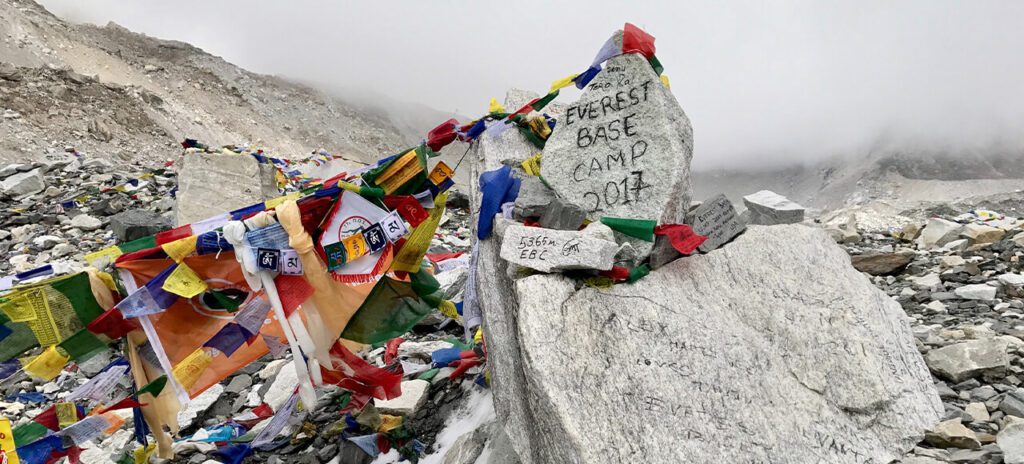
Mount Everest has captivated the imagination of adventurers and mountaineers for centuries, and scaling its summit is considered one of the greatest achievements in mountaineering.
Himalayan Range
Nepal is home to a significant portion of the Himalayan mountain range, which stretches across several countries in South Asia. The Himalayas are the highest mountain range on Earth, and they span approximately 2,400 kilometers (1,500 miles) through Nepal, Bhutan, India, Tibet, and Pakistan.
This majestic range comprises numerous peaks, glaciers, valleys, and river systems, offering breathtaking views and unparalleled natural beauty.
Trekking and Mountaineering
The Himalayas, including Mount Everest, are a mecca for trekkers and mountaineers from around the world. Nepal’s section of the Himalayas offers a wide range of trekking routes and mountaineering expeditions suitable for both beginners and seasoned adventurers.

Popular treks include the Everest Base Camp Trek, Annapurna Circuit Trek, Langtang Valley Trek, and many more, allowing travelers to witness the awe–inspiring landscapes, local cultures, and diverse ecosystems along the way.
Sherpa Culture
The Sherpa people, an ethnic group native to the Himalayan region of Nepal, have gained renown for their expertise in mountaineering and their support of climbers on expeditions to Mount Everest and other peaks.
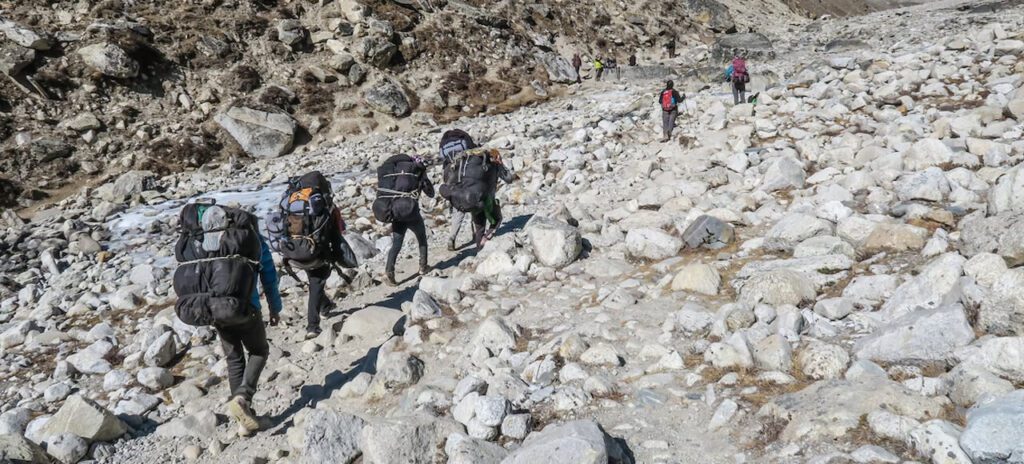
The Sherpas have a rich cultural heritage, and their resilient spirit and close connection with the mountains have made them indispensable companions for mountaineers.
Spiritual Significance
The Himalayas hold immense spiritual significance for many people. Many people consider the region sacred in Hinduism, Buddhism, and other religions. Many people believe that it is the abode of gods and goddesses, and many people have scattered numerous monasteries, temples, and sacred sites throughout the Himalayan region.
You may also like: 19 You Need To Know Before Visiting Nepal
The serene and tranquil environment of the mountains offers a perfect setting for meditation, reflection, and spiritual retreats.
Environmental Conservation in Nepal
The Himalayas face environmental challenges, including climate change, glacial melting, and ecological degradation. Nepal, along with other Himalayan countries, is actively engaged in conservation efforts to protect the fragile ecosystem of the mountains. Several initiatives focus on promoting sustainable tourism, reducing carbon emissions, and preserving the unique biodiversity found in the Himalayan region.

The allure of Mount Everest and the grandeur of the Himalayas have captivated the hearts and minds of adventurers, spiritual seekers, and nature enthusiasts for generations. The combination of their stunning natural beauty, cultural richness, and mountaineering opportunities make Nepal a remarkable destination that truly stands out among the countries of the world.
Nepal Rich Cultural Heritage
Nepal has a rich cultural heritage deeply rooted in Hinduism and Buddhism. The country is dotted with ancient temples, monasteries, and historical sites that reflect its spiritual and artistic traditions. The Kathmandu Valley, a UNESCO World Heritage Site, contains seven monument zones with remarkable architectural and artistic treasures.
Religious Harmony
Nepal’s religious harmony and the coexistence of Hinduism and Buddhism are well known. Both religions have influenced each other, resulting in a unique cultural fusion. Temples and monasteries stand side by side, and people celebrate festivals of both faiths with great enthusiasm throughout the country.
Temples and Sacred Sites
Nepal is home to numerous ancient temples, palaces, and sacred sites that showcase exceptional architectural and artistic craftsmanship.
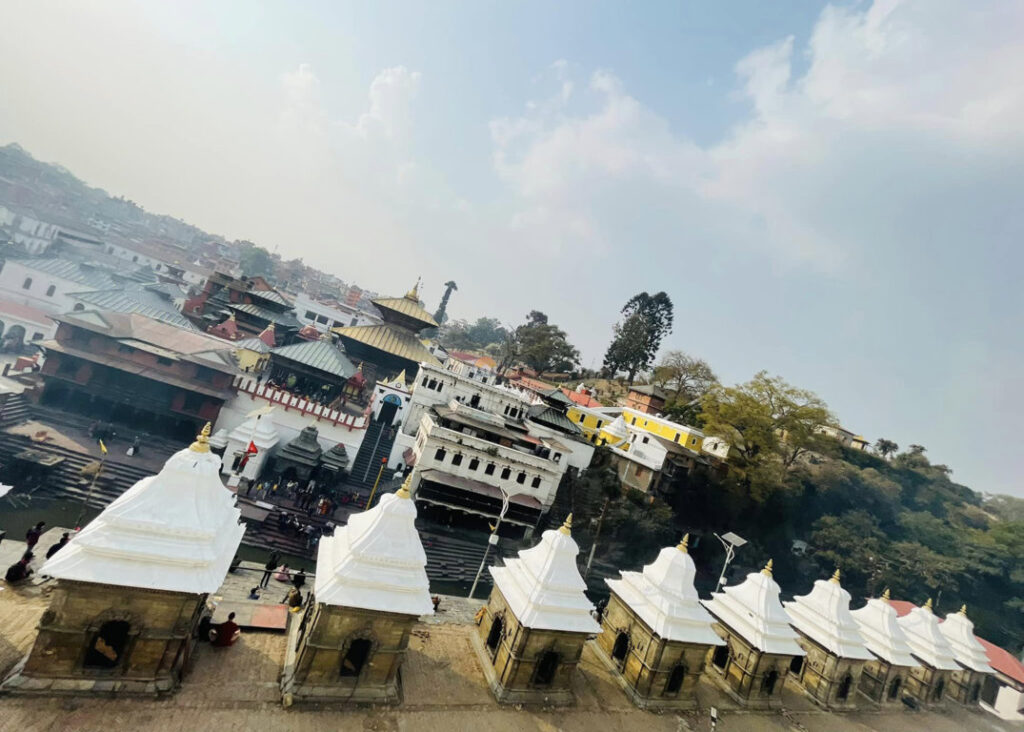
The country’s cultural heritage is exemplified by famous religious sites such as Pashupatinath Temple (dedicated to Lord Shiva), Swayambhunath Stupa (the Monkey Temple), Boudhanath Stupa, and the sacred Hindu pilgrimage site of Muktinath, among many others.
Kumari Tradition
Nepal’s unique living goddess tradition, known as “Kumari,” deeply ingrains itself in its cultural heritage. The Newar community selects a young girl to be the Kumari through a rigorous process. They worship her as the living incarnation of the goddess Taleju until she reaches puberty. The Kumari, in turn, plays a significant role in religious ceremonies and festivals.
Popular: Busy Tourist Cities of Nepal
Festivals in Nepal
Nepal is known for its colorful and vibrant festivals, which are an integral part of the country’s cultural fabric. Some notable festivals include:
Dashain
The biggest and most widely celebrated festival in Nepal, Dashain, is a 15-day-long festival that commemorates the victory of good over evil.

It involves worshipping the goddess Durga, family gatherings, feasts, flying kites, and the exchange of blessings and gifts.
Tihar
Tihar, also known as the Festival of Lights or Diwali, is a five-day festival celebrated to honor various deities and celebrate the bond between brothers and sisters.

It involves lighting oil lamps, making colorful patterns with rangoli, worshipping cows, and engaging in various cultural activities.
Holi
Known as the festival of colors, Holi is a joyous celebration that marks the arrival of spring.

People throw colored powders and water at each other, dance, sing, and enjoy festive treats. It is a time of great merriment and unity.
Teej
Teej is a festival celebrated by women, particularly married women, to honor the goddess Parvati and seek blessings for marital bliss and the well-being of their husbands. It involves fasting, traditional songs and dances, and wearing red attire.
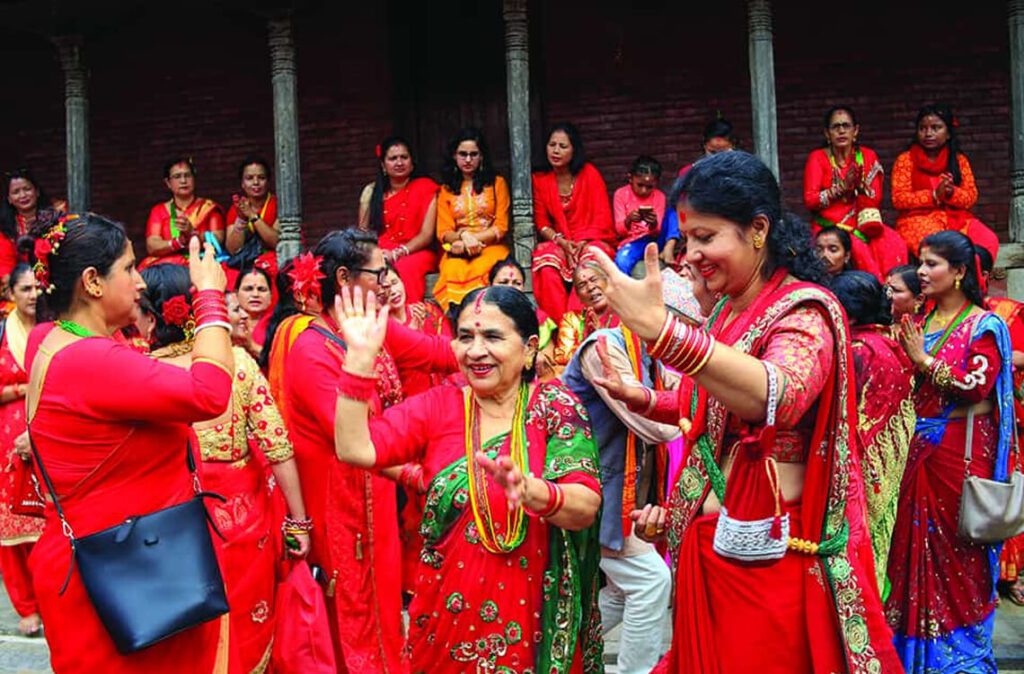
These festivals, among many others, reflect the rich cultural diversity, religious fervor, and communal harmony of Nepal. They provide a glimpse into the country’s cultural heritage, allowing visitors to experience the vibrant traditions, rituals, music, dance, and hospitality of the Nepalese people.
Ethnic Diversity in Nepal
Nepal has a very big diverse range of different ethnic groups and indigenous communities. There are over 125 different ethnic groups and more than 100 languages. Nepal has rich cultural traditions, costumes, languages, and cuisines. All these groups contribute to the country’s vibrant cultural mosaic.
Indigenous Communities
Nepal has a large number of indigenous communities, in addition to the ethnic groups, and they are known as “Janajatis” or “Adivasi Janajatis.” These communities have deep historical and cultural roots in the country. all of them have their own unique languages, customs, and spiritual practices. They are an important topic when it comes to preserving and promoting Nepal’s cultural heritage.
Cultural Traditions
The varied cultural traditions found across the country reflect the ethnic diversity in Nepal. Each ethnic group celebrates its own distinct festivals, music, dances, costumes, arts, and crafts. People pass down these cultural traditions through generations, enriching the social fabric of Nepal and creating a mosaic of traditions and celebrations.
Related: Top Filming Locations in Nepal
Regional Distinctions
Ethnic diversity in Nepal is also manifested through regional distinctions. Different ethnic groups tend to be concentrated in specific regions of the country. For example, the Newars are prominent in the Kathmandu Valley, while the Sherpas are concentrated in the Everest region. This regional distribution contributes to the uniqueness and diversity of each area’s cultural practices and traditions.
Cultural Exchange and Integration
Despite their distinctiveness, the ethnic groups of Nepal have a long history of cultural exchange and integration. The intermingling of different ethnic communities has resulted in a rich cultural fusion, where traditions, languages, and practices have blended over time. This cultural exchange has played a crucial role in shaping Nepal’s unique cultural landscape.
Language Diversity
Nepal boasts more than 100 spoken languages, reflecting the country’s linguistic diversity. The Constitution of Nepal recognizes multiple languages as national languages, including Nepali, Maithili, Bhojpuri, Tharu, Tamang, Newari, and others. This linguistic diversity highlights the multiculturalism and ethnic heterogeneity of the country.
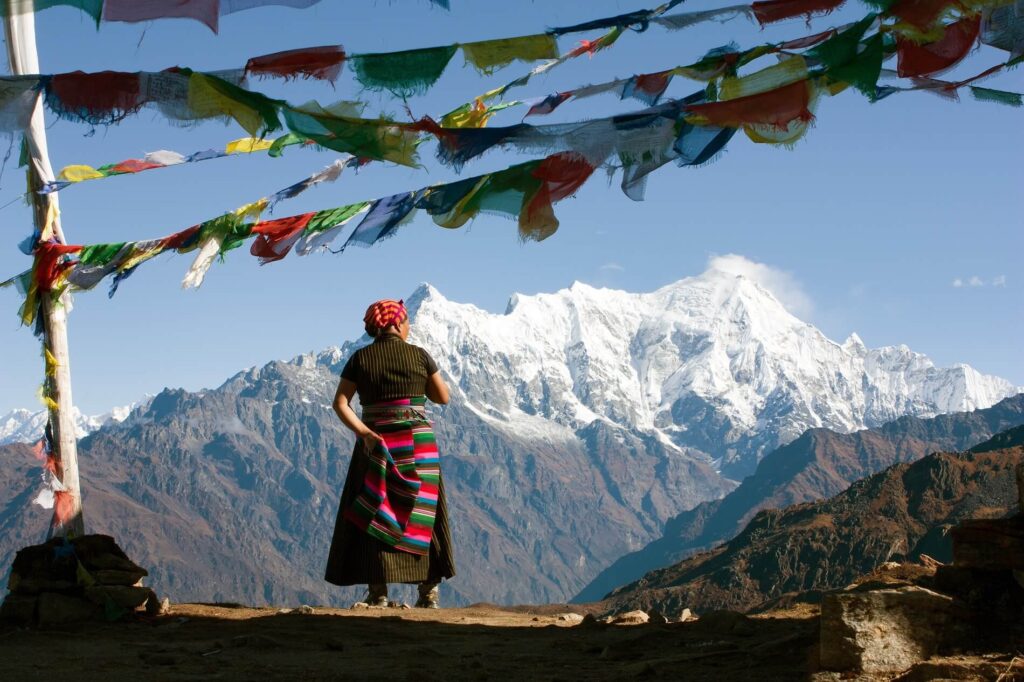
The ethnic diversity of Nepal is a source of pride and represents the country’s multicultural heritage. It offers visitors and residents an opportunity to explore the distinct traditions, customs, and ways of life associated with each ethnic group. The preservation and appreciation of this diversity contribute to Nepal’s rich cultural tapestry and foster a sense of unity in diversity.
Birthplace of Lord Buddha
Nepal holds great religious and historical significance as the birthplace of Siddhartha Gautama, the founder of Buddhism and revered as Lord Buddha. Located in southern Nepal, Lumbini is a UNESCO World Heritage site and a major pilgrimage destination for Buddhists worldwide.
Lumbini, Nepal
Lumbini, located in the western Terai plains of Nepal, is the recognized birthplace of Lord Buddha. It is a UNESCO World Heritage site and a major pilgrimage destination for Buddhists worldwide.
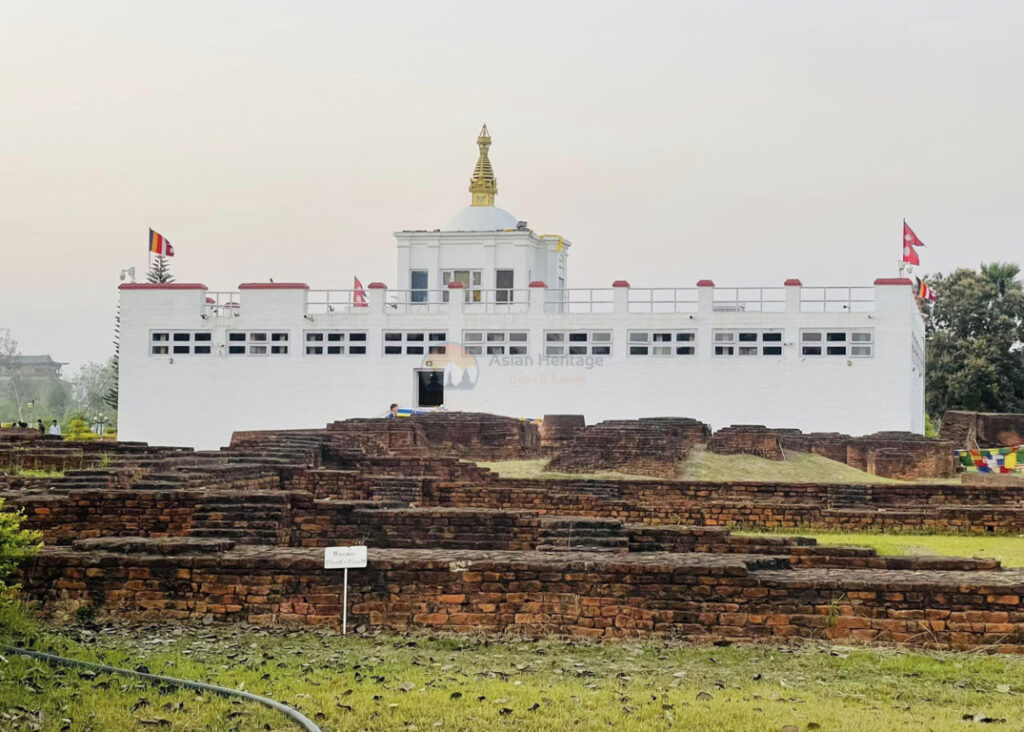
Lumbini is believed to be the place where Queen Maya Devi, the mother of Siddhartha Gautama, gave birth to him in 623 BCE.
Maya Devi Temple
The Nepalese people and Buddhists all over the world believe that the Maya Devi Temple stands at the heart of Lumbini, marking the exact spot where Lord Buddha was born. The Nepalese people house the sacred marker stone, the Ashoka Pillar, and a sacred pond in the Maya Devi Temple complex. Emperor Ashoka erected the Ashoka Pillar in the 3rd century BCE, and Queen Maya Devi is said to have bathed in the sacred pond before giving birth
Monastic Zone
Lumbini’s surroundings include a designated monastic zone that represents different Buddhist traditions from around the world.
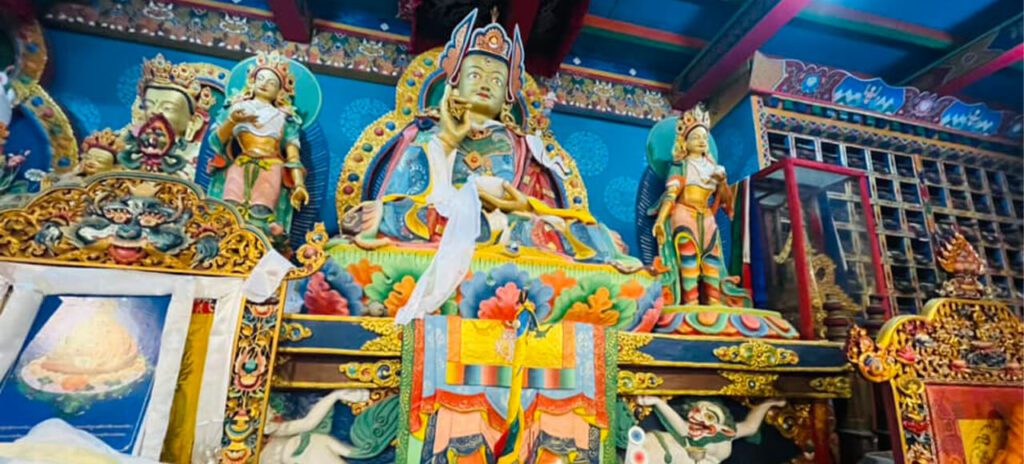
Several countries, including Thailand, Myanmar, Sri Lanka, China, and Japan, have constructed monasteries and meditation centers, creating an international Buddhist enclave that promotes religious harmony and understanding.
Spiritual Significance
Lumbini holds deep spiritual significance for Buddhists as the birthplace of Lord Buddha, the founder of Buddhism. People revere Lumbini as a sacred pilgrimage site where followers of Buddhism pay their respects, meditate, and seek spiritual enlightenment. Lumbini holds a place of great reverence in the Buddhist world and serves as an important destination for pilgrims and practitioners.
More: Nepal Travel Guide
Cultural Heritage
Lumbini’s significance goes beyond its religious importance of it. It also showcases the region’s rich cultural heritage. This place offers insights into ancient architectural styles, archaeological remains, and historical artifacts. it dates back to the time of Lord Buddha.
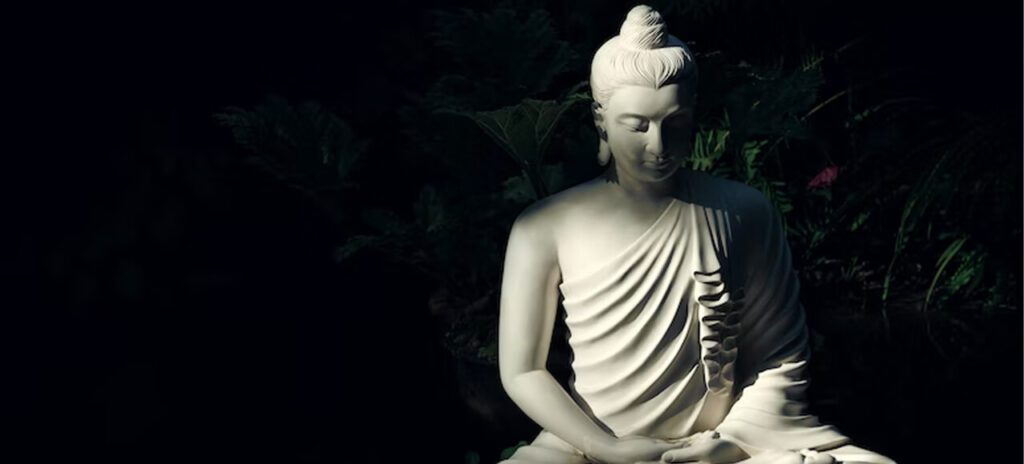
The areas are dotted with ancient ruins and remnants of monastic complexes, reflecting the vibrant Buddhist history of the region.
International Recognition
Lumbini’s importance as the birthplace of Lord Buddha has received international recognition and support. Different countries, organizations, and individuals have contributed to the preservation and development of Lumbini, including the establishment of the Lumbini Development Trust and the Lumbini Master Plan to enhance the site’s spiritual, historical, and cultural significance.

Lumbini’s designation as the birthplace of Lord Buddha is a testament to Nepal’s rich religious and historical heritage. The site attracts visitors from all over the world, including pilgrims, scholars, and travelers, who come to experience the spiritual atmosphere, explore the ancient relics, and pay homage to one of the most influential spiritual leaders in history.
Nepal follows the Living Goddess Tradition
The Nepalese people maintain a unique living goddess tradition known as “Kumari.” The Nepalese people select a young girl through a rigorous process to be worshiped as the living incarnation of the goddess Taleju. People have practiced the tradition for centuries, and it is deeply ingrained in Nepalese culture.
Selection Process
The selection of the Living Goddess is a meticulous and sacred process. A young girl from the Newar community, usually between the ages of 4 and 7, is chosen to be the Kumari. The selection is based on specific criteria, including physical attributes, an auspicious horoscope, and certain auspicious signs or symbols believed to indicate the goddess’s presence in the child.
Kumari Devi
Once selected, the girl becomes known as the Kumari Devi or Royal Kumari. People consider her the living incarnation of the Hindu goddess Taleju or Durga. Both Hindus and Buddhists revere the Kumari as a deity and believe that she possesses divine qualities.
Duties and Role
The Kumari resides in the Kumari Ghar (Kumari House) in Kathmandu, which is a specially designated palace-like residence. Her primary duty is to bestow blessings and provide divine guidance to devotees who seek her audience. People from all walks of life, including politicians, religious leaders, and ordinary citizens, come to receive her blessings and seek guidance on auspicious occasions and festivals.
Trending: Nepal Tour Package for Family
Daily Life
The Kumari Ghar sets and regulates a strict set of customs and rituals for the Kumari. The Kumari Ghar carefully regulates her life and shelters her from the outside world. Priests and devotees worship her daily. Tutors teach her various subjects. She conducts traditional rituals herself. People consider her appearance to be highly significant.
Exit from the Kumari Role
The Kumari Ghar continues the Kumari tradition until the Kumari reaches puberty, after which the Kumari Ghar considers her impure due to menstruation. The Kumari Ghar determines that she is no longer eligible to be the Kumari the moment she exhibits signs of menstruation or loses a significant amount of blood due to injury or illness. At this point, the Kumari Ghar returns her to ordinary life, and chooses a new Kumari through the selection process.
Legacy and Cultural Significance of Nepal
The Nepalese people uphold the Living Goddess tradition for its immense cultural and religious significance. The Living Goddess tradition has deep roots in the country’s history and traditions. The Nepalese people regard the Kumari as a symbol of purity, power, and protection. The Nepalese people believe that the Kumari’s presence brings good fortune and prosperity to the country and its people. The Living Goddess tradition embodies the unique blend of Hindu and Buddhist religious practices in Nepal.
The Living Goddess tradition is a testament to Nepal’s rich cultural heritage and religious practices. It fascinates visitors and locals alike, offering a glimpse into the country’s spiritual traditions and the reverence given to the divine feminine energy. The Kumari’s role as a living deity highlights the profound influence of religious beliefs and cultural customs in Nepalese society.
Conservation Efforts
Nepal’s conservation efforts are not without challenges. The country is facing a number of threats to its biodiversity, including climate change, habitat loss, and poaching. However, Nepal’s commitment to conservation is strong, and the country is making significant progress in protecting its natural resources.
National Parks and Protected Areas
Nepal boasts a remarkable network of national parks, wildlife reserves, and protected areas. These areas are designated to conserve the country’s diverse ecosystems, including tropical forests, alpine meadows, wetlands, and high mountain ranges.
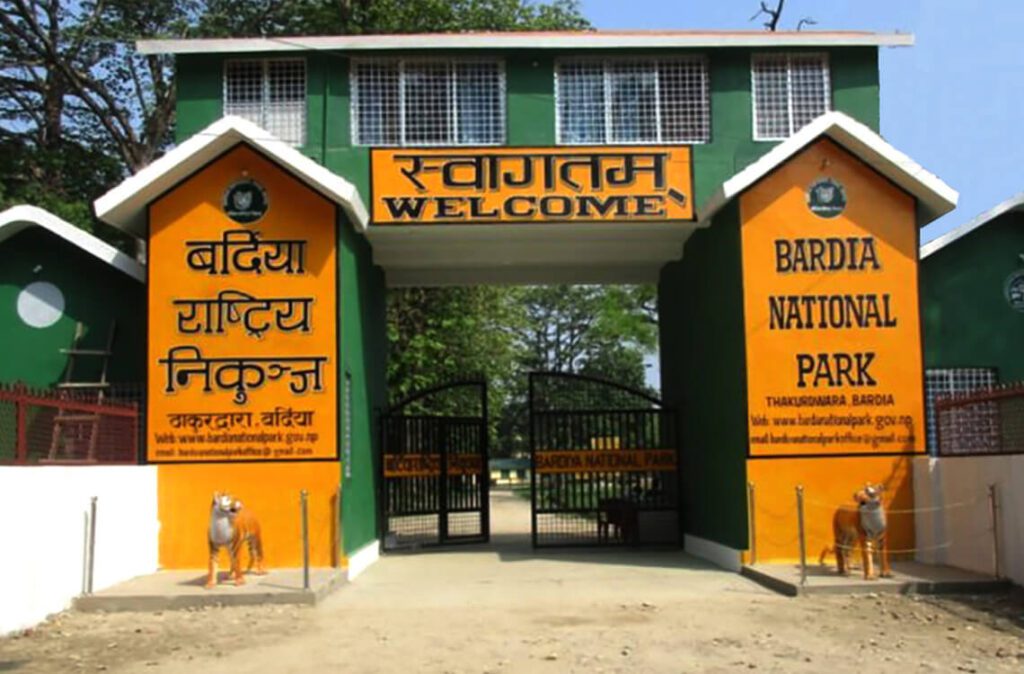
Some well-known protected areas in Nepal include Chitwan National Park, Bardia National Park, Sagarmatha National Park (home to Mount Everest), and Annapurna Conservation Area.
Wildlife Conservation
Nepal is home to a rich variety of wildlife, including endangered species such as the Bengal tiger, one–horned rhinoceros, snow leopard, red panda, and Gangetic dolphin. Conservation efforts focus on habitat protection, anti-poaching initiatives, and community-based conservation programs. Conservation organizations and the government collaborate to enforce wildlife protection laws, conduct research, and promote conservation awareness.
Community-Based Conservation
Nepal has embraced community-based conservation initiatives, recognizing the importance of involving local communities in conservation efforts. Communities have established community-managed forests, buffer zones, and conservation projects, giving communities a stake in the protection and sustainable use of natural resources.
Read: Top 10 Naturally Beautiful Places in Nepal
These initiatives help alleviate poverty, promote alternative livelihoods, and empower communities to take ownership of conservation practices.
Sustainable Tourism
Nepal promotes sustainable tourism practices that minimize negative impacts on the environment and culture while maximizing benefits to local communities. Sustainable tourism guidelines and regulations are in place to ensure responsible tourism activities, waste management, energy conservation, and the preservation of cultural sites. Encourage community-based homestays, eco-lodges, and trekking practices that respect nature and local traditions.
Climate Change Adaptation
Nepal recognizes the challenges posed by climate change and has prioritized climate change adaptation strategies. Additionally, the country is highly vulnerable to climate change impacts, including glacial melting, erratic weather patterns, and natural disasters. Conservation efforts include monitoring and researching the impacts of climate change, promoting renewable energy sources, and implementing climate resilience measures in vulnerable communities.
Cultural Heritage Conservation
Nepal’s rich cultural heritage, including ancient temples, palaces, monasteries, and UNESCO World Heritage sites, has earned renown. People undertake preservation and restoration efforts to safeguard these cultural landmarks. The Department of Archaeology and various heritage conservation organizations work to protect and maintain cultural sites, promote traditional arts and crafts, and raise awareness about the importance of cultural heritage preservation.

Conservation efforts in Nepal demonstrate a commitment to protecting the country’s unique natural and cultural assets. These initiatives aim to ensure the sustainable use of resources, preserve biodiversity, empower local communities, and mitigate the impacts of climate change. Through collaboration between government agencies, conservation organizations, local communities, and responsible tourism practices, Nepal strives to maintain its natural and cultural treasures for future generations.
Resilience and Spirit of the Nepalese People
Nepal has faced numerous challenges, including natural disasters like earthquakes and political transitions. Despite these hardships, the Nepalese people have displayed remarkable resilience, warmth, and a welcoming spirit. The strong sense of community and hospitality is often admired by visitors to the country.
Natural Disasters
Nepal is prone to natural disasters, including earthquakes, landslides, and floods, due to its geographical location. The Nepalese people have demonstrated resilience in the face of such disasters, coming together to support and rebuild their communities.
After the devastating earthquake in 2015, which claimed thousands of lives and caused extensive damage, the spirit of unity and resilience was evident as individuals, organizations, and communities worked tirelessly to rebuild and recover.
Cultural Pride
The Nepalese people take great pride in their diverse cultural heritage. Despite the challenges faced by marginalized communities, they continue to celebrate and preserve their unique traditions, languages, music, and arts.
Also Read: Top 10 Bird Watching Places in Nepal
Nepalese society cherishes and passes down festivals, rituals, and cultural practices through generations, fostering a sense of identity and resilience.
Mountaineering and Adventure
Nepal is renowned for its majestic Himalayan peaks, including Mount Everest. The spirit of adventure and mountaineering runs deep in the Nepalese people.
Sherpas, who are an ethnic group from the Everest region, have gained global recognition for their skills in mountaineering and their resilience in extreme conditions. The determination and courage displayed by climbers, guides, and local communities reflect the indomitable spirit of the Nepalese people.
Spirituality and Faith
Nepal is a land of religious and spiritual diversity, with a majority of the population practicing Hinduism or Buddhism. Spirituality and faith play a significant role in the lives of Nepalese people, providing solace, guidance, and strength during challenging times.
The deep-rooted spiritual beliefs and rituals contribute to the resilience and perseverance exhibited by individuals and communities.
Community Support
The Nepalese culture emphasizes strong community ties and mutual support. In times of hardship, communities come together to help one another, providing assistance, resources, and emotional support. The concept of “sahayata” (helping one another) is deeply ingrained in Nepalese society, fostering collective resilience and a sense of belonging.
Positive Outlook
Despite various socio-economic challenges, Nepalese people often display a positive outlook on life. They exhibit a sense of humor, resilience, and an ability to find joy in simple pleasures. This optimistic attitude helps them overcome adversity and face difficulties with determination and hope.
The resilience and spirit of the Nepalese people are evident in their ability to adapt, rebuild, and maintain their cultural identity in the face of challenges. It is a testament to their inner strength, unity, and unwavering spirit that continue to shape and inspire the nation.







